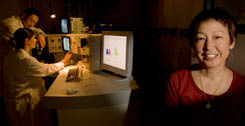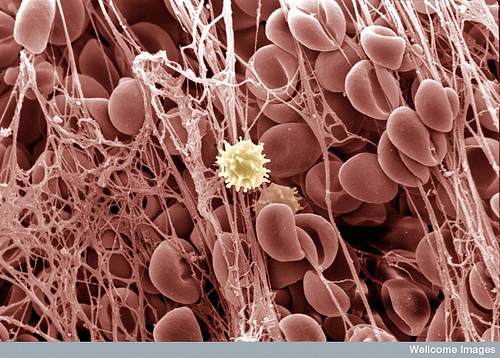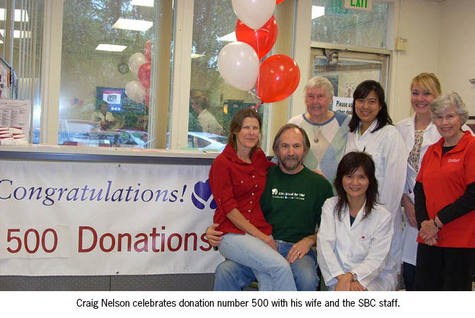Menlo Park Center Grand Opening Celebration
February 1, 2013 12:26 pm Comments Off on Menlo Park Center Grand Opening Celebration TweetBy Julie Peachey, Social Media Manager, Stanford Blood Center
On Thursday, January 31, Stanford Blood Center staff celebrated the grand opening of their new Menlo Park donor center, along with a few special guests. Below are some pictures capturing the momentous occasion.





